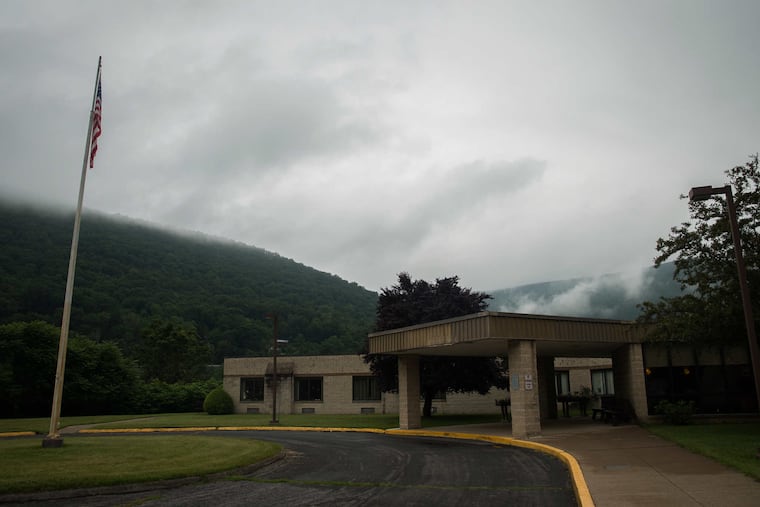A struggling hospital in rural Pennsylvania turns to GoFundMe in its fight for survival
Rural hospitals with a small population based have trouble covering their fixed costs, which are spread over too few patients.

Rural hospitals with a small population based have trouble covering their fixed costs, which are spread over too few patients.
